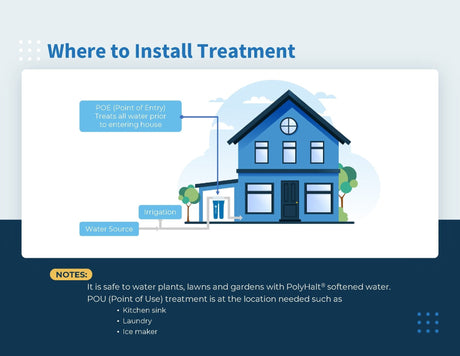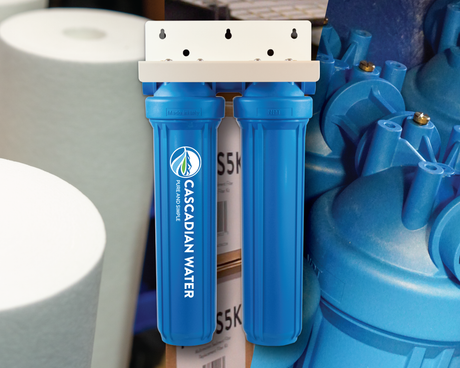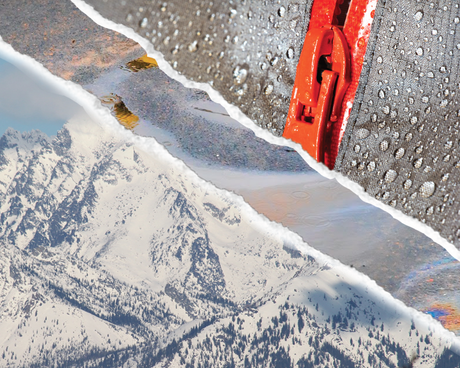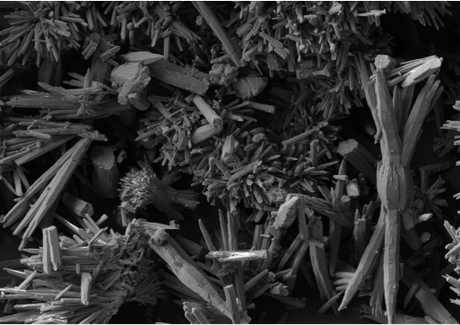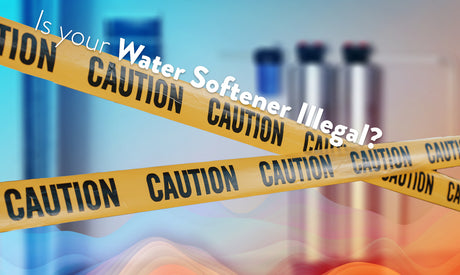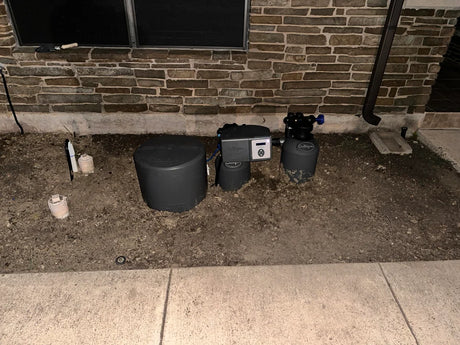
Why You Need a Water Softener For Brighter And Cleaner Laundry
Soft water from Cascadian’s Salt Free PolyHalt® water softener system boosts detergent performance, brightens fabrics, and keeps washers clean without salt or wasted water.
McTavish Jones |

